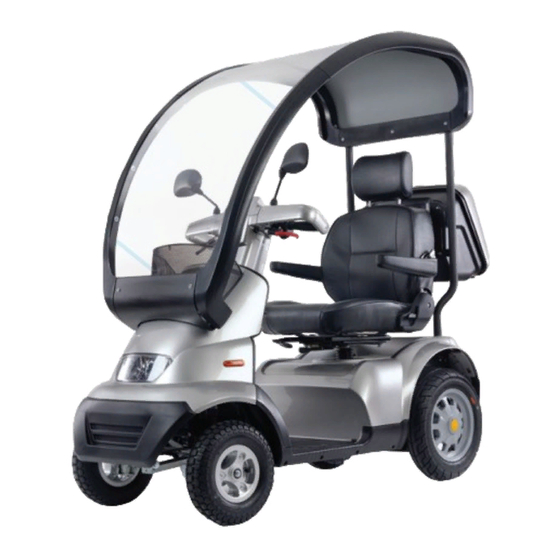
Table of Contents
Advertisement
Quick Links
- 1 Chapter 1 - over View of the Breeze S (Main Features)
- 2 Chapter 3 - General Description of the Breeze S
- 3 Chapter 4 - Adjustments Instructions
- 4 Lcd Display Use
- 5 Chapter 6 - Charging
- 6 Chapter 7 - Maintenance
- 7 Chapter 8 - Troubleshooting and Fault Repair
- 8 Appendix A - Specifications Sheet
- Download this manual
Advertisement
Table of Contents

















Need help?
Do you have a question about the Breeze S3 and is the answer not in the manual?
Questions and answers